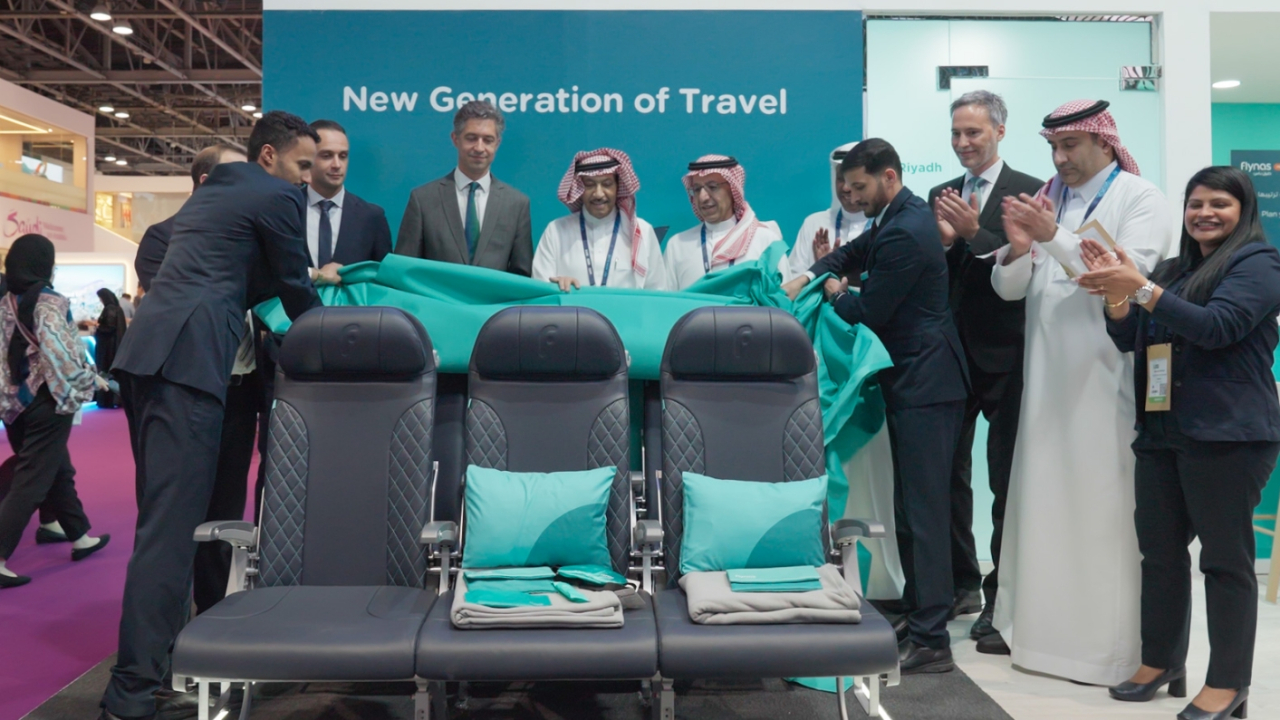Back seat driver

When it comes to in-flight entertainment (IFE), Middle Eastern carriers are among the most ambitious in the world.
Emirates’ Panasonic-based Information Communications Entertainment (ICE) service, offering hundreds of on-demand films and music tracks, is regarded as one of the best of its kind. Etihad gives its first-class passengers huge 23-inch screens to watch content served up by Thales TopSeries hardware.
Panasonic and Thales dominate the market for top-of-the-range in-seat
French aircraft seat manufacturer Sicma believes there’s a better way – one that halves weight, cost and power demands compared with the traditional approach, and offers enough processing power to support brand-new entertainment options such as 3D games. As a newcomer to the
By ordering Sicma’s new Seat Integrated Technology (SiT) system for installation in its quartet of Airbus A340-200s the Amman-based carrier is going where few airlines anywhere in the world have dared to tread for many years. Conscious that quality of
Among the exceptions are carriers that have turned to hand-held
The secret of SiT is the way it puts all of the available content into every seat, storing it right under the passenger’s fingertips in the Seat Display Unit (SDU). Capable of being mounted in the seatback or on a fold-out arm, the SDU is essentially a standalone PC with a high-resolution 10-inch screen, a 1GHz processor, 1Gb of RAM and a 250Gb hard drive – enough for 85 typical films.
Sicma says that decentralising in this way eliminates the possibility of the multi-seat failures that can plague conventional systems, as well as speeding up response when the passenger selects new content. It also means that the
By existing standards, the rest of SiT is lightness and simplicity itself: a small (1kg) SiT Interface Box (SIB) and a gigabit-rated optical ethernet network for the delivery every few weeks of new content loads to the SDUs; one power box for every four seats, one passenger control unit per seat, a crew control unit, and a 1kg Aircraft Interface Box (AIB) to integrate other functions such as air-to-ground connectivity and a moving-map display.
Sicma’s claims to superior installability are founded on being able to deliver the seats with their
“We estimate that the complete installation will weigh around 2.9kg per passenger across 30 seats in business class and 229 in economy aboard Royal Jordanian’s A340s,” said Loic Bouet, SiT product manager at Sicma. “This compares with a figure of at least 4.5kg for a typical conventional system. Our cost, depending on aircraft type, is $4-6,000 per passenger, half as much as for the competition, and power consumption is 35W/passenger against 66W.”
Work on the first A340 should now be under way at Royal Jordanian’s base in
The Airbuses are due to be replaced with Boeing 787s some time after 2012, opening up the possibility that in due course a satisfied Royal Jordanian may be pushing to have SiT approved for installation in the new twinjet. If that happens, a Middle East carrier will have played a central role in ushering a new player and a new way of doing things into an
Stay up to date
Subscribe to the free Times Aerospace newsletter and receive the latest content every week. We'll never share your email address.

